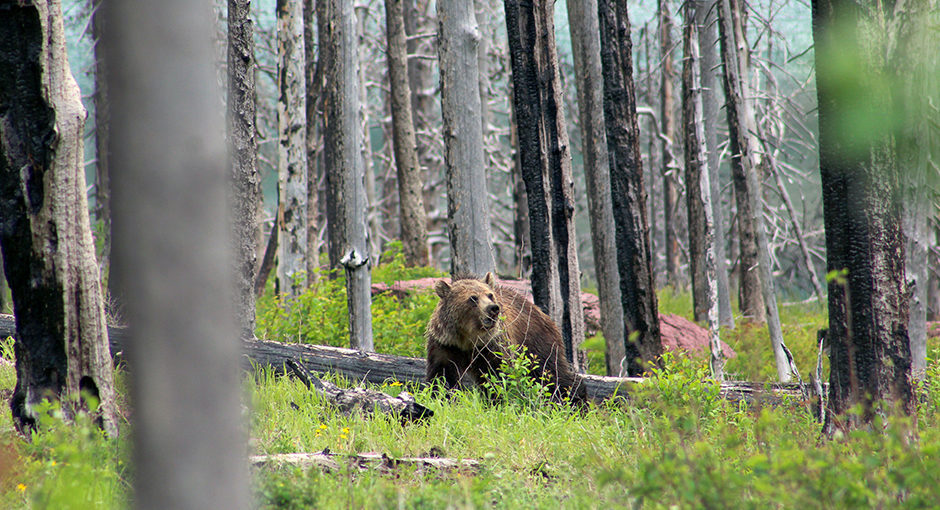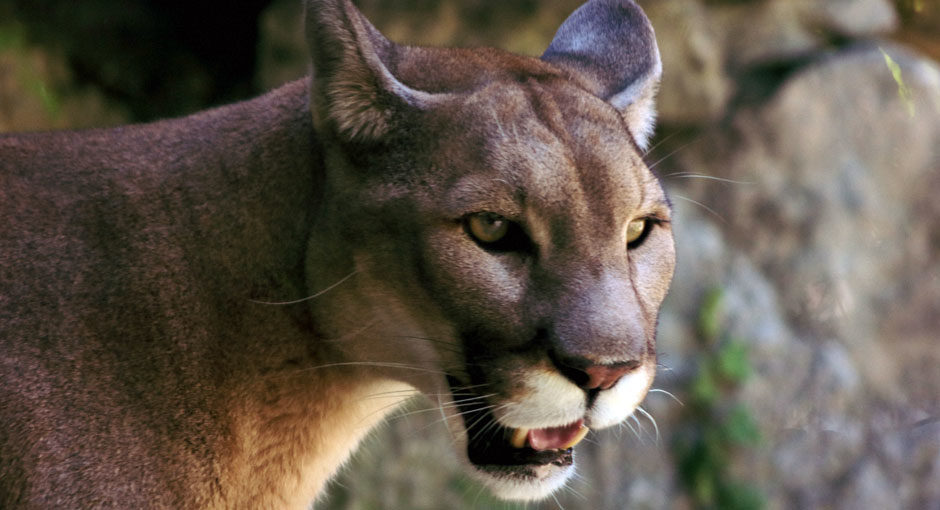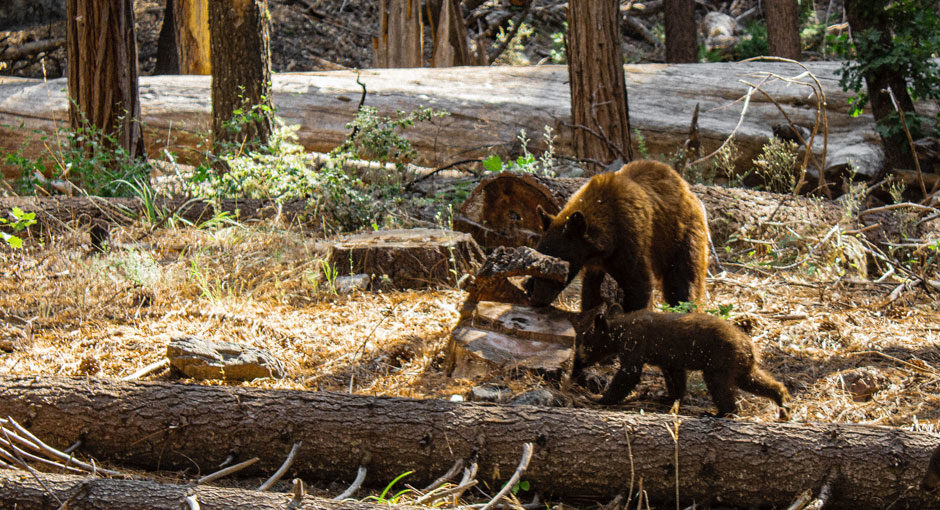Wildlife Sightings & Safety (yours & theirs!) For Your Next Adventure
Lions, Bison, and Bears!
National Parks are home to the largest and most majestic wildlife found in the US. Before visiting, it’s essential to learn about the animals you may see and the proper etiquette for encounters. It’s the best way to ensure a positive, safe experience—for you and for them!
Black Bears
Where they live: Yellowstone National Park, Shenandoah National Park, Glacier National Park, Yosemite National Park, Sequoia and Kings Canyon National Parks, and more!
Black bears are the most common species of bear in North America. They are skilled outdoor adventurers, with extraordinary climbing, swimming, and trekking skills. Your chances of spotting one is high—if you know where and when to look. Because most of their diet is plant-based, large meadows or clearings are good places to spot bears feeding.
Spotted a black bear? Here’s how to maintain proper viewing etiquette from the National Park Service. To summarize:
- Respect a bear’s space.
- Never approach, crowd, pursue, or displace bears.
- Stay in groups and minimize noise and movement.
- Stay on designated trails whenever possible.
- Leave “orphaned” or sick bears alone. Never get between a mother and her cub.
- Leave pets at home.
- Give bears room to pass. Do NOT run from a bear.
- Let bears eat their natural foods.
- You are responsible for your safety and the safety of wildlife.
Grizzly Bears

Where they live: Yellowstone National Park, Glacier National Park, Grand Teton National Park, and more!
Grizzly Bears are powerful, massive mammals, often weighing upward of 700 pounds! They have made a population comeback thanks to the efforts of conservationists. Once found throughout the continental US, grizzly bears now primarily roam the havens of Alaska, Wyoming, Montana, Idaho, and Washington.
If you see a grizzly bear, follow these safety tips from the National Park Service. To summarize:
- Identify yourself by talking calmly so the bear knows you are a human and not a prey animal.
- Stay calm and remember that most bears do not want to attack you.
- Pick up small children immediately.
- Hike and travel in groups.
- Make yourselves look as large as possible.
- Do NOT allow the bear access to your food.
- Do NOT drop your pack.
- If the bear is stationary, move away slowly and sideways.
- Do NOT run, but if the bear follows, stop, and hold your ground.
- Do NOT climb a tree.
- Leave the area or take a detour.
- Be especially cautious if you see a female with cubs.
Remember, bear safety can vary depending on species and location! In some regions (like Yosemite National Park), bear spray is illegal within park boundaries, while in others (like Grand Teton National Park) you are recommended to carry a canister while hiking. Use caution when travelling from park-to-park.
Bison
Where they live: Yellowstone National Park, Grand Teton National Park, Badlands National Park, and more!
Say hello to the largest mammals in North America! Bison have continuously roamed Yellowstone National Park since prehistoric times. Unlike many of their neighbors, they are inherently social animals and often form herds. If you’re lucky, you may experience some wildlife-viewing magic in a Bison Jam.
If you see a bison, stay at least 25 yards (23 m) away
Mountain Lions

Where they live: Yellowstone National Park, Yosemite National Park, Rocky Mountain National Park, Grand Canyon National Park, Glacier National Park and more!
Solitary and mysterious, mountain lions often go unseen. Though remote cameras and research suggest large populations roam our National Parks, they remain disinterested in human presence. Still, sightings can happen and are most likely to occur around dawn or dusk, from a distance.
If you see a mountain lion, follow these safety tips from the National Park Service. To summarize:
- Do not approach a lion.
- Do not run from a lion.
- Do not crouch down or bend over.
- Do all you can to appear larger.
- Fight back if attacked.
It’s an exciting experience to see an animal in its natural habitat. Every visitor to the National Parks has an important role in keeping wildlife wild! No matter what you hope to encounter on your trip, keep in mind these three golden rules: never approach wildlife, never feed wildlife, and know before you go.


